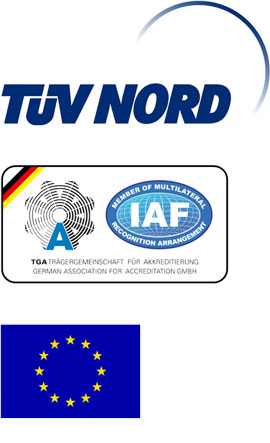Microelectronic products are the tiny electronic pieces that make a wide variety of products and processes. Some examples are computers, cell phones, tv sets, calculators, send machines, camcorders, and microwave ovens, among others.
An important goal of microelectronics studies the development of top of the line, low-cost units that meet the needs of modern life. This requires fresh materials and fabrication methods, and innovative style and architectures for a range of microelectronics.
The technology of making electronic circuits – digital built-in circuits, or ICs — has grown tremendously over the past several years. These brake lines contain billions of transistors, resistors, diodes, and capacitors.
Integrated circuits happen to be produced by a process called planar micro-lithography. This involves transferring the designer’s structure birthday laser for the circuit upon a thin cut of a semiconductor material (called a wafer), and then altering and decoration out the regions of the semiconductor material that comprise the circuit.
Much better traditional ICs, there are a number of other types of miniscule semiconductor devices which can be part of microelectronics technology. These include semiconductor lasers and LEDs that generate mild, and semi-conductive photodetectors that convert the received mild signals straight into electrical indicators.
The development of these types of miniature equipment has led to new ways of manipulating and amplifying electrical energy. One example of this is actually field-effect receptor, which transforms electricity on and off like a change when a signal from another source is usually applied to it.
Other examples of microelectronics contain sensors that convert mechanical, optic, and chemical substance measurements into electrical signs. Using the same lithographic systems used for producing digital brake lines, these receptors can be generated from tiny amounts and with improved performance.




